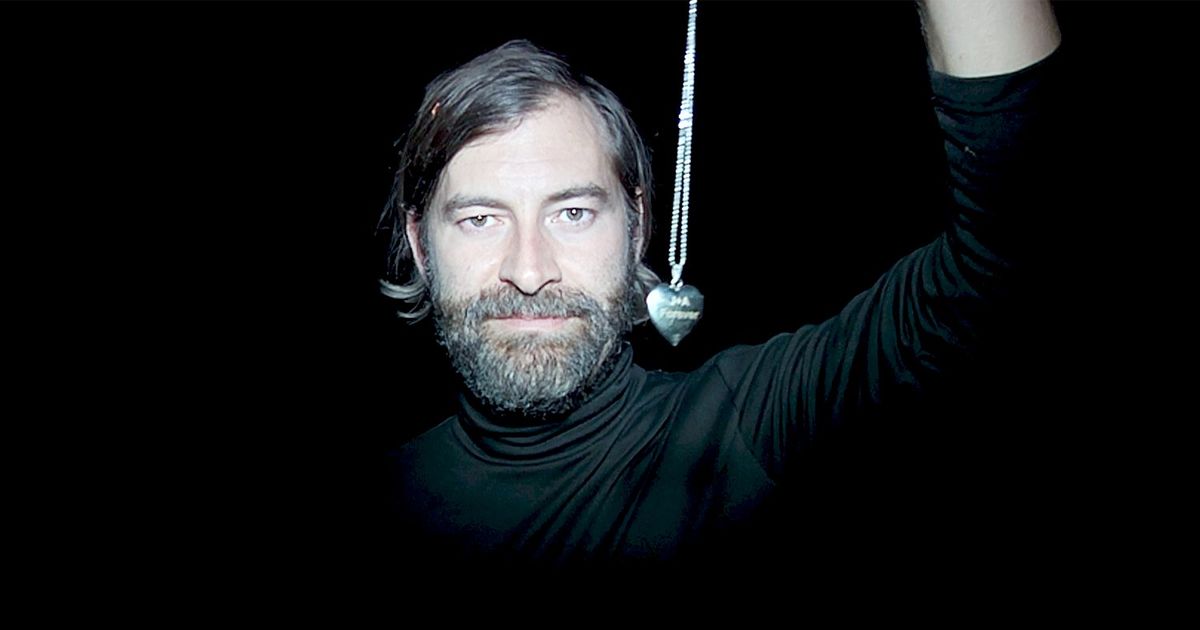
‘Found footage’ has been, for quite some time, a term associated with negative press in the world of cinema. With controversial origins lying in the genre’s first film ‘Cannibal Holocaust’ (1980), it seems the found footage strain of horror film was bound to receive critical attention, especially when ‘Cannibal Holocaust’’s director was indicted for supposedly murdering his actors onscreen. This intimate style of filmmaking, drawing the viewer into the very heart of the picture, arrived as a medium of celluloid with quite the bang. It is therefore a little saddening to think that a branch of horror powerful enough to convince those of its reality so vehemently upon initial release, would undergo such an unforgiving reassessment in years to come.
After the explosive reaction to the low-budget horror film ‘The Blair Witch Project’ in 1999, filmmakers began to capitalise on the simplistic yet effective style of found footage films. Sacrificing production value for a greater sense of audience immersion and realism, a myriad of directors were due to follow suit and inject their own ideas into this vastly personal outlet of filmmaking. Never had audiences felt so close to the action, and no better was this format of direction to work more effectively than in the realm of horror. Feeling as though one is in the midst of the danger is a surefire way to generate scares and audience buzz, and directors knew this. Found footage’s adrenaline-inducing appeal to our insatiable desire for escapism was a powerful hook for audiences. Films like the Godzilla-esque found footage disaster film ‘Cloverfield’ (2008) certainly proved this.
Yet the genre soon became renowned for its repetitive and bland exports. ‘Grave Encounters’, now celebrated by an array of film fans, spawned a mini generation of asylum and home-based hauntings, with night-vision green becoming the quintessential colour palette for these poor imitations. The creative well ran seemingly dry and caused a lot of avid horror viewers to turn their nose up at found footage releases as they continued to falter and disappoint. No longer were people convinced. It seemed the power of the hand-held camera had lost its power in the cinema.
However, one shouldn’t allow the cheap re-hashes of found footage premises to spoil the directorial broth. If one looks closely enough at the healthy tally of films committing themselves to the sub-genre, a few beacons of light shine through that salvage this once promising filmmaking style from becoming totally defunct. They posit the optimistic glimpse of the genre as a fruitful one if its pieces remain inventive and continue to push conventional horror boundaries. Below, these inventive and striking films have been compiled into a list to hopefully serve as proof that, much like grunge, found footage isn’t quite dead.
1. The Taking of Deborah Logan (Adam Robitel, 2014)
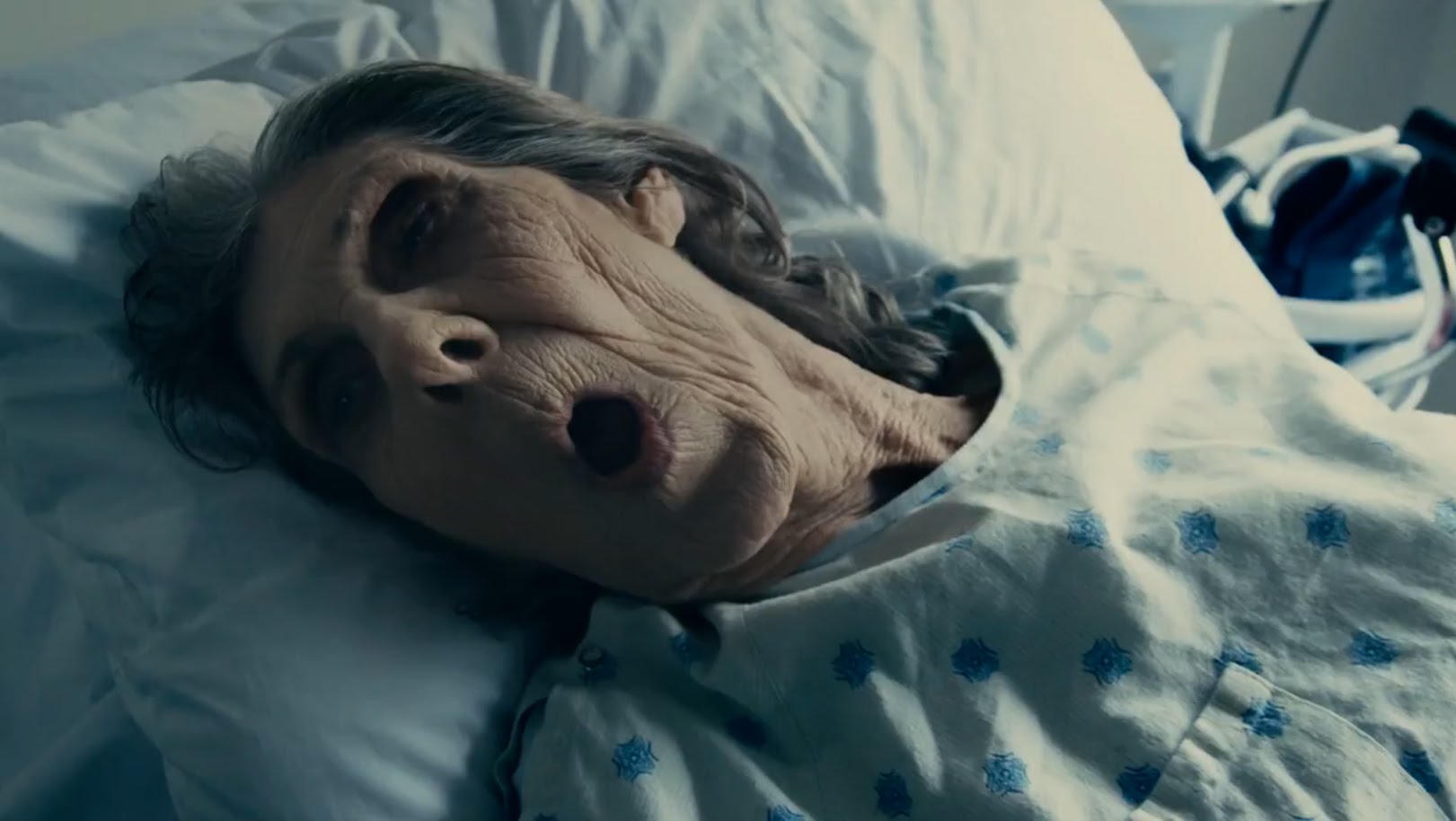
Aside from an astonishingly committed and frightening lead performance from Jill Larson, ‘The Taking of Deborah Logan’, while on the surface appearing much like any other found footage possession film, goes against the grain. Of course, it retains many of horror’s typical conventions, but its scares are rarely ever cheap.
The film follows a crew of student filmmakers led by Mia (Michelle Ang) who wish to study the effects of advanced dementia. Deborah (Larson) is there somewhat reluctant subject, who is in denial about how progressive her stage of dementia really is. Much like M. Night Shyamalan’s divisive film ‘The Visit’ (2015), ‘The Taking’ uses the already terrifying nature of a degenerative illness to induce a sense of unpredictability in its scares.
It is also not your average possession film. It is surprisingly inventive, with filmmakers Adam Robitel and Gavin Heffernan seemingly to truly place a unique twist on the age-old story of someone’s body being inhabited by a dark spirit. Most telling of this is the grotesque and shocking imagery which appears in the film’s latter half. It also contains a refreshing realism in its characters. Mia’s cameraman Gavin (Brett Gentile) represents a divergence from the usual horror narrative by quickly fleeing the scene when things get too spooky for him, thus grounding the film a bit more effectively in reality.
There is, sadly, some cheesiness which even this innovative film cannot avoid. Occasionally, ‘The Taking’ does give way to corny shots and sticky dialogue. Nevertheless, this does not detract overall from the film’s ability to unnerve. Larson’s performance is truly terrifying and elevates the film’s scares to a new level.
2. V/H/S 2 (Jason Eisener, Gareth Evans, Timo Tjahjanto, Eduardo Sánchez, Gregg Hale, Simon Barrett and Adam Wingard, 2013)
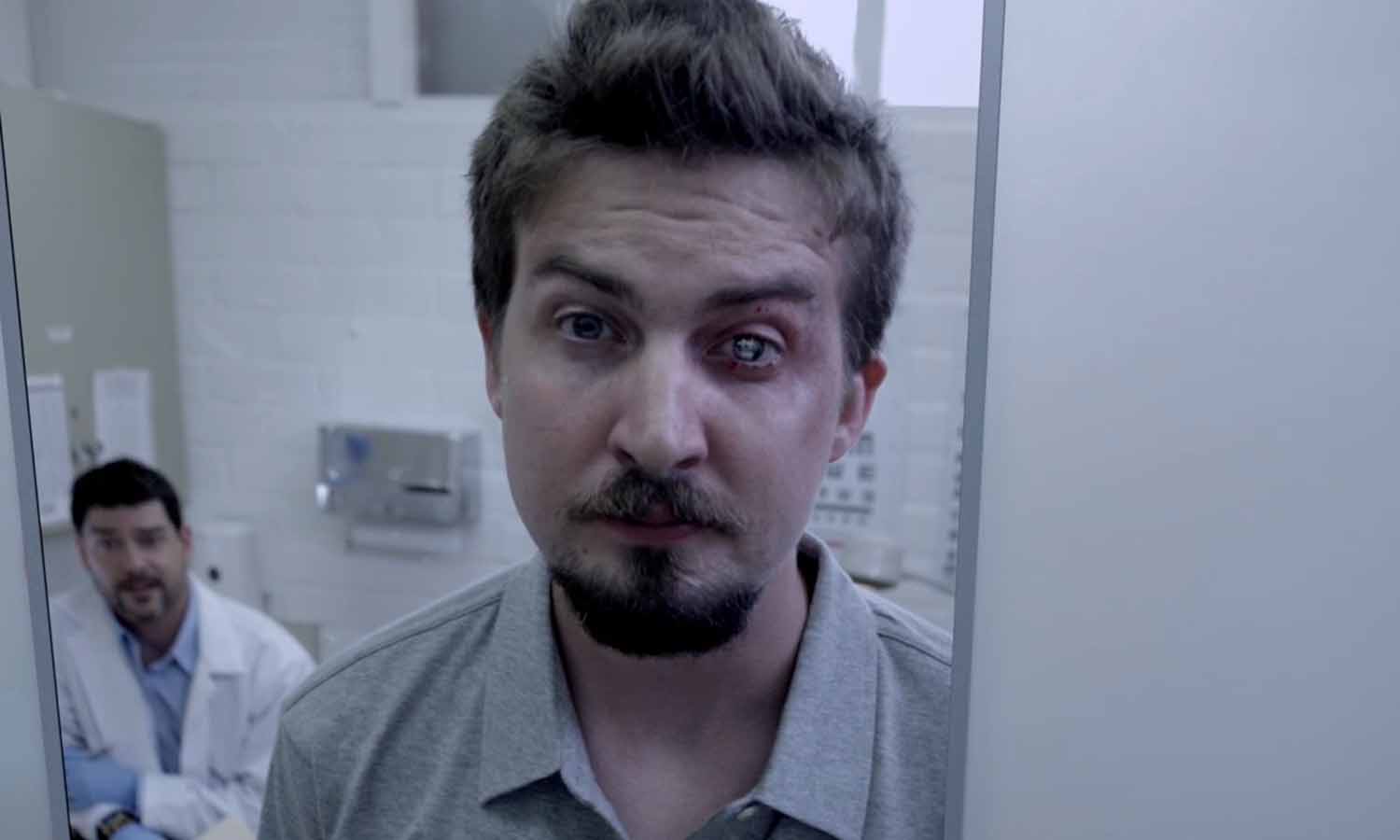
While the first instalment of the ‘V/H/S’ franchise was intriguing in its focus on a collection of mysterious and often horrifying narratives found on video tapes, it was arguably not quite as impactful as its successor. The stories in ‘V/H/S 2’ are certainly more varied and provide a bigger range of scares. In other words: there is something in this mini anthology for everyone. From aliens to zombies and even Satanic midwives, the ‘V/H/S’ franchise returns to horror’s more classic roots and places an invasive, found-footage twist on them in order to deliver some fascinating and creepy stories.
‘V/H/S 2’ Admittedly, some parts are stronger than others, but that can be said for any anthology film. What salvages ‘V/H/S 2’ somewhat is that it is linked cohesively by a plot of video tapes being discovered in a house and watched one by one. Little do the discoverers of these narratives know that something lurks within the house with them.
Arguably, the film’s strongest narratives fall into the latter half of its duration, with its longest story – that of an Indonesian cult preparing for the birth of the antichrist – being its most superbly sinister. This harrowing segment is then followed by an oddly compelling movie from the point of view of a family dog as they attempt to flee from a violent alien encounter outside their rural home.
‘V/H/S 2’ is a highly varied picture from a variety of directors, breaking conventions of typical found footage films by splitting its run time into parts. Each small film is unique and interesting in its own way. So, whatever kind of horror fan you may be, you’ll find something to sink your teeth into.
3. The Poughkeepsie Tapes (John Erick Dowdle, 2007)
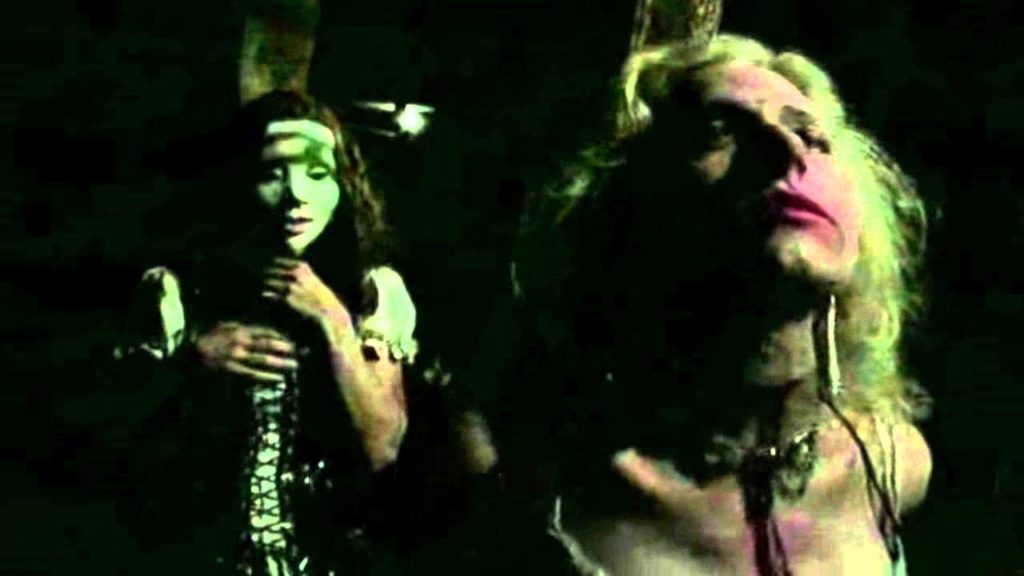
Perhaps the most disturbing films in this list for its sense of sheer bleak realism, ‘The Poughkeepsie Tapes’ presents the story of a notorious New York based serial killer (Ben Messmer) whose evasive tactics keep him one step ahead of the police at all times. The sheer pessimism of this film is enough to unsettle you, but the film is additionally packed with frightening imagery, including tapes of the killer donning a plague doctor mask during the torture of its victims. It also contains the disturbing element running throughout of a woman held captive by this man, and, rather than murdered, is kept by him as something of a slave. Upon being found, the unfortunate woman known as Cheryl (Stacy Chbosky), discovers she has become so utterly subservient to her ‘master’ now, that she cannot function without him.
Perhaps what is additionally unsettling about the film is its mixture of fiction and facts. While the killer at the heart of the film’s subject matter is clearly not real, the film borrows elements from real life to add to its haunting message. In one instance, a character interviewed relays the frightening statistic of how many active serial killers there likely could be roaming the United States at present. Another involves detectives speaking to renowned killer Ted Bundy for information on how the murderer ticks. These small details add to a truly frightening portrayal of humanity’s painfully real depravity.
Sadly, the film is not without its shortcomings. Some of the acting is a little dubious, not least from the murderer himself. Because of this, some of the scenes which should be the movie’s strongest – namely those where the murderer is torturing Sheryl or other innocents – fall flat. Nevertheless, ‘The Poughkeepsie Tapes’ deserves a spot on this list for its unforgiving bleakness presented in its faux-documentary style. It is a mystery without a conclusion, and this makes it all the more haunting.
4. Noroi: The Curse (Kōji Shiraishi, 2005)
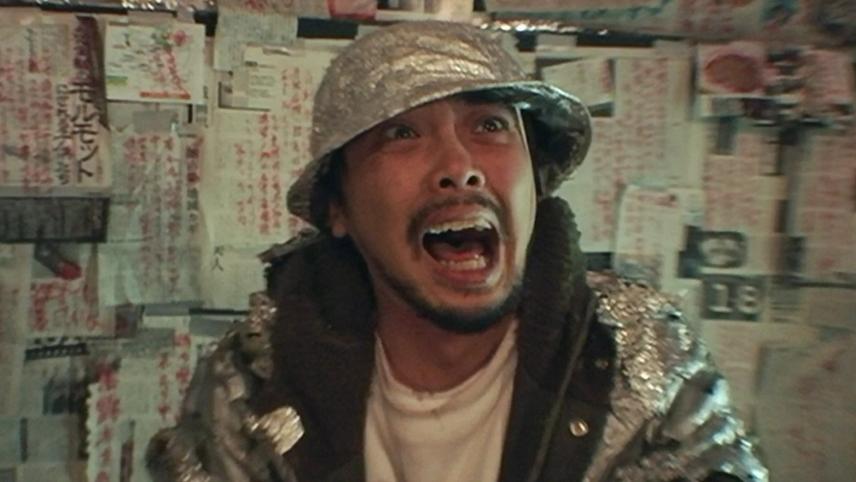
In much the same vein as ‘The Poughkeepsie Tapes’, ‘Noroi’ presents perhaps the first and most successful instance in which a documentary-style format has been adopted by contributors of the found footage genre. Methodically paced, its scares are few and far between but made all the more impactful when they do appear. Its editing style, in which it pretends to borrow and present clips from various sources, such as televised interviews, news broadcasts and, most lucratively, the film crew’s extensive footage, is increasingly innovative and immersive. It builds to create a detailed picture of a mystery that, as the viewer, you want desperately to have the answers to. It is fed to you slowly, but the end result is worth the wait.
‘Noroi’ is a disturbing and insidious account of a deadly curse felt in a local town. Through talking to psychics and those possessing telekinesis, the filmmakers persist in peeling back the bemusing layers of this mysterious mystery that haunts an entire Japanese village.
‘Noroi’ has seldom been spoken about on a large scale since its release in 2005, but it is perhaps a true testament to the strengths of the found footage genre when it is done correctly. It is a chilling dive into Japanese folklore, with moments of real suspense. It also contains clever ‘reveals’ of paranormal reveals, almost like a real ghost investigation show, drawing you in to almost invest in its realism.
Powerfully authentic, profoundly sad and ultimately haunting, ‘Noroi: The Curse’ is a true hidden gem not merely of the found footage sub-genre, but of cinema itself.
5. Trollhunter (André Øvredal, 2010)
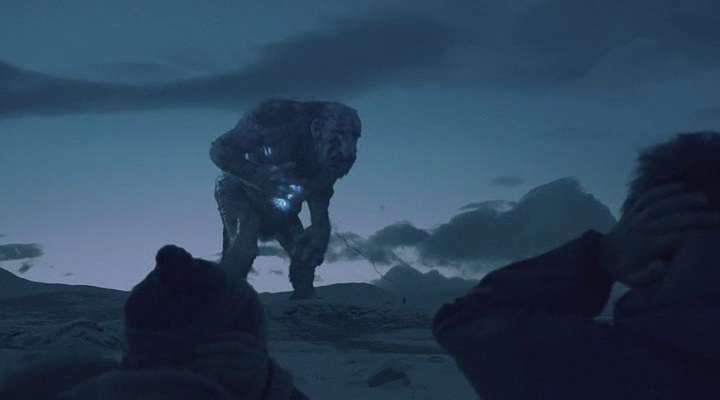
Perhaps the most fantastical film in this list, ‘Trollhunter’ represents a true breath of life into the found footage genre during a time when its creativity was truly waning.
Opening with the typical plotline of student filmmakers embarking on an effort to discover the source of a crime – this time involving the slaughtering of bears in large numbers across Norway – until they seek the assistance of a mysterious figure who turns out to be a trollhunter (Otto Jespersen). Thinking him deluded, they accompany on one of his ‘troll hunts’ only to find he has been telling the truth. A grizzly encounter with a three-headed troll convinces them of his honesty.
‘Trollhunter’ is a profound and enthralling dive into the raw and unsettling nature of Scandinavian folklore. Rather than reducing trolls to the bumbling but mostly dimwitted entities like the fantasy films we’re exposed to these days, ‘Trollhunter’ presents the mythical beasts as an unrelenting threat throughout. They are swift, with sharp senses and a vicious ability to wreak havoc upon their victims. The mere fact that the titular trollhunter Hans warns the students that trolls can smell a Christian man’s blood, is enough to instill a fear in the viewer when one of the protagonists (Tomas Alf Larsen) eventually admits their concealed faith.
Much like the hand-held monster-watch movie ‘Cloverfield’, ‘Trollhunter’ may not be a scary experience outright, but it is an intense and special addition to the myriad of films in the found footage sub-genre that settle for re-hashed stories of possessions, paranormal hauntings and demonic entities. Breaking through the haze of these unoriginal cash-grabs, ‘Trollhunter’ truly stands alone as one of the found footage sub-genre’s most refreshing and original concepts to date.